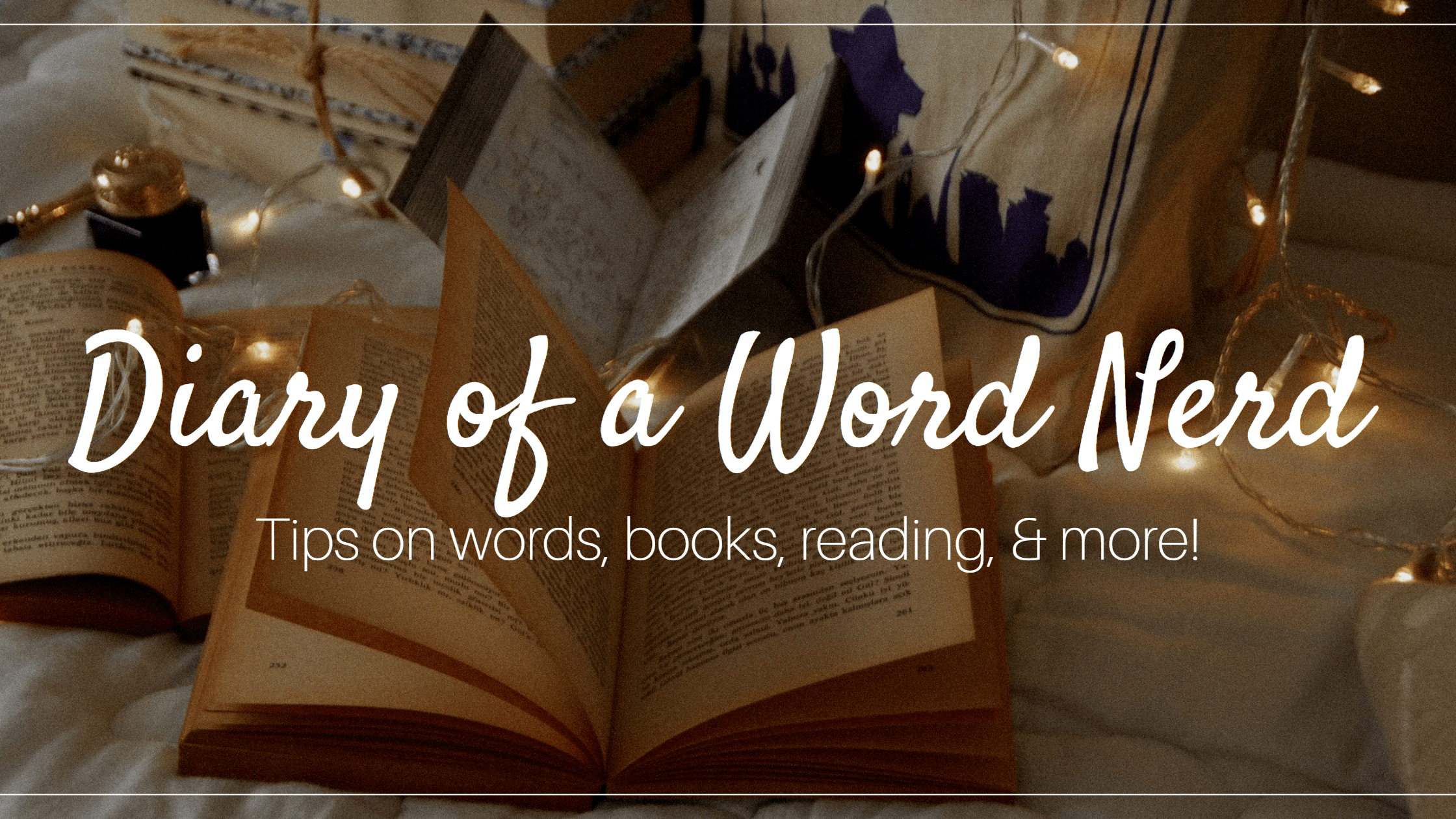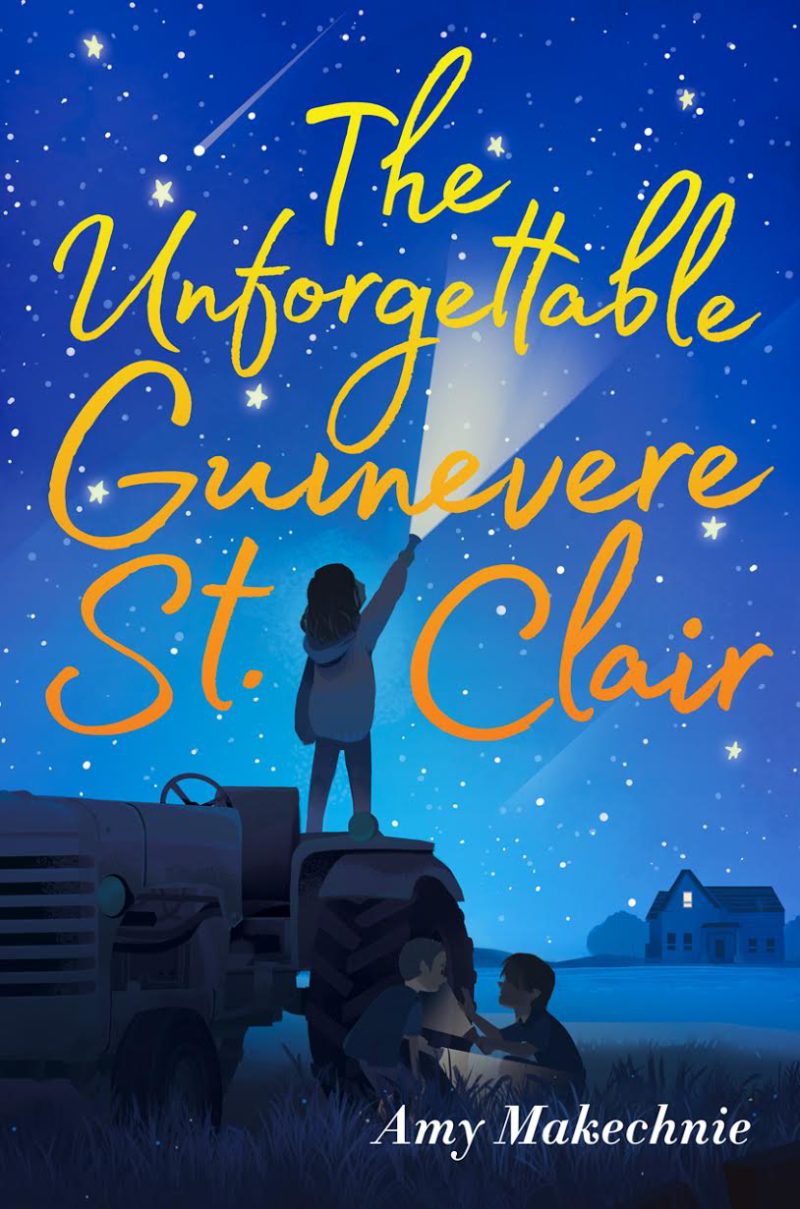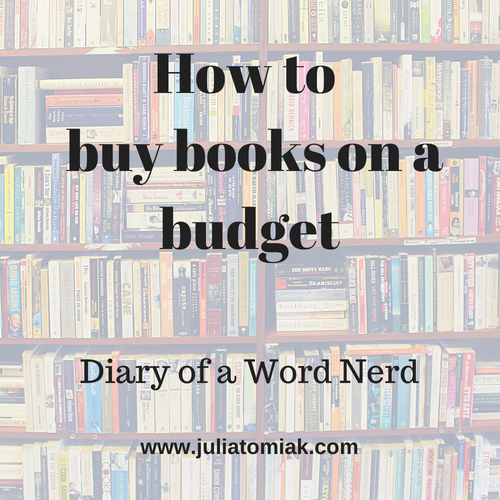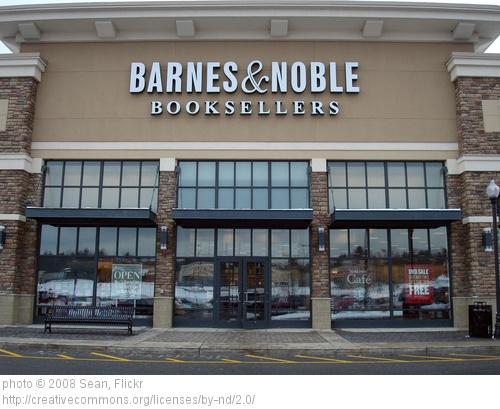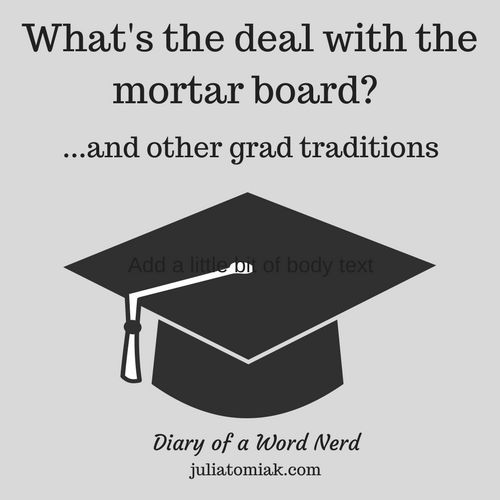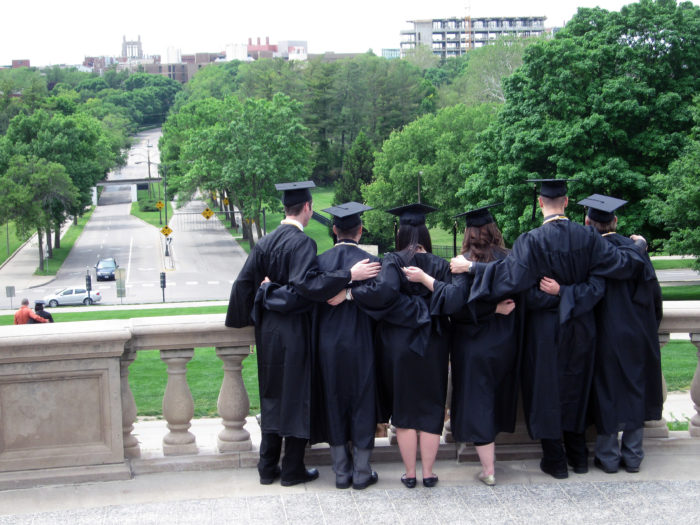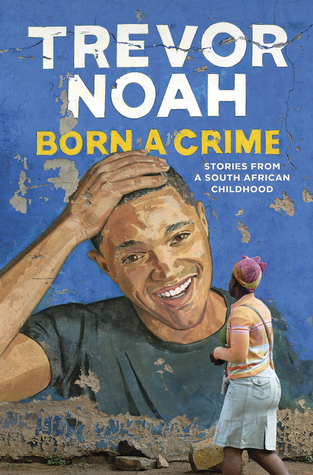Summer is almost here, which means more time for reading! If you like kid lit with a bit of mystery and a plucky protagonist, then I’ve got a great suggestion for you. The Unforgettable Guinevere St. Clair, by Amy Makechnie, is To Kill a Mockingbird, middle school style, and an excellent read for your upcoming summer vacation.
Guinevere St. Clair has a knack for digging up information, which is good, since she is an aspiring lawyer. She also knows a lot about the human brain because, well, her mother’s brain doesn’t work so well anymore. Vienna, Gwyn’s mother, is mentally stuck at age 13, and she doesn’t remember that Gwyn is her daughter. Gwyn and her family have returned to Crow, Idaho, the small town of Vienna’s childhood, with hopes that familiar places will revive old connections between neurons and bring Vienna back to them.
What I liked
Guinevere St. Clair is full of quirky, authentic characters. There’s Gaysie Cutter, huge in body and personality, who lives in a giant farmhouse painted the color of a clementine and who has a rep for burying things in her backyard and speaking her mind. And Gwyn’s Nana, who reminds Gwyn of “a perfectly tied bow… a woman who always buttoned her top button.” You can’t help but love Gwyn’s friend Micah, who likes to wear sparkly shoe laces and purple capes, and who, as a result, earns the unwanted attention of mean kids from school. And then there’s Jed, Gwyn’s father, who is devoted to his wife and determined to help her. Says Gwyn of her father, “He was not a quitter; he was a man who fixed things.”
Guinevere leads this entertaining cast, searching for clues of a farmer’s mysterious disappearance, as well as for any sign that her mother knows and loves her. I related to Gwyn immediately, as my mother suffered from a neurological disease, and I have spent much of my life gathering clues about what she was like when she was healthy. Gwyn evokes empathy with her candid and poignant descriptions of what it’s like to live with a mother who doesn’t remember her daughter. When speaking about her Nana, Gwyn says,
“I once overheard my father say that Vienna’s condition was the great tragedy of Nana’s life. But from where I sat, Nana should be happiest of all of us; she had at least had the best of Vienna.”
Wow.
And when Gwyn runs into people in the small town of Crow who ask about her mom, “Everyone was curious about Vienna, but few were comfortable talking about her.” As a current resident of a small town, I say this is spot on!
And this line brought tears to my eyes, I could relate to it so well:
“I held the handmade book tightly, suddenly feeling a great wave of homesickness for a person I hardly knew.”
I knew my mother much better than Gwyn knows hers, however, I understand the need to cling to physical representations of people we have lost in a desperate attempt to bring them closer.
Amy Makechnie explores several themes in The Unforgettable Guinevere St. Clair, including loss, being true to oneself, and acceptance. By the end of the book, Gwyn learns to accept her mother’s condition, but she isn’t without hope. And into all of this, the characters and the themes, Makechnie weaves a mystery, with suspense that kept me turning pages long after I should have turned off my bedside light.
What I didn’t like
Some of the pieces of the mystery didn’t play out well for me, but I loved the characters and the themes so much that I didn’t care.
Recommendation
If you enjoy middle grade books with lots of character and some mystery, you will enjoy The Unforgettable Guinevere St. Clair. I highly recommend it for lovers of kid lit! It will release in hardback June 12, 2018. You can read more about it at Goodreads and Amazon.
Word Nerd Note: The Unforgettable Guinevere St. Clair is the debut novel by Amy Makechnie, and although she is my friend and writing buddy, I wouldn’t recommend her book if I didn’t truly believe it was good.
And it’s great!
Can you share other kid lit titles that have plucky protagonists or a great mystery? Stay tuned to Diary of a Word Nerd. Soon I will feature an interview with Amy and a giveaway of Guinevere. I want to help readers get their hands on this wonderful novel.
Happy reading!

